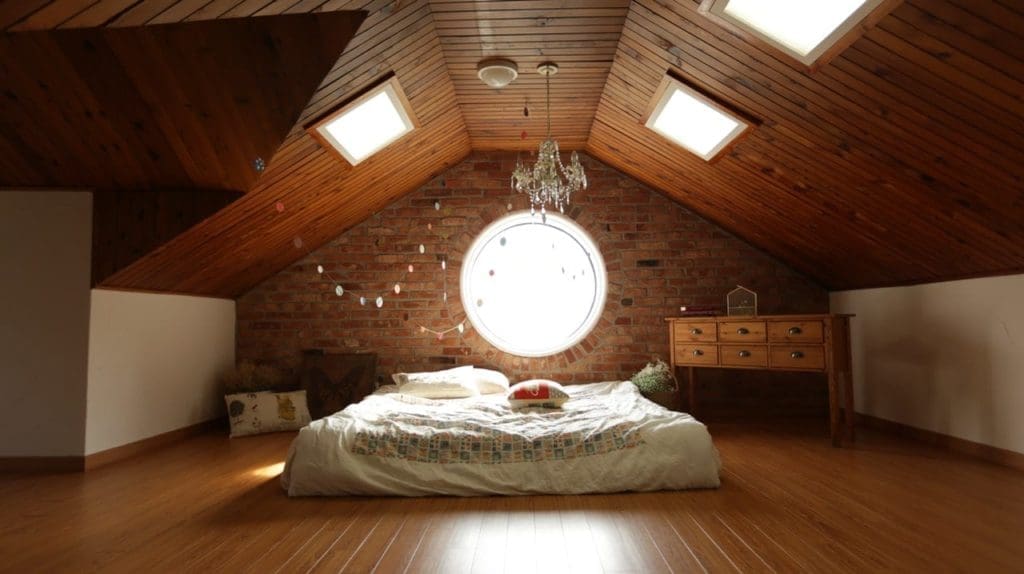Interior House Painting: Paneling & Wainscoting

Walls in a house can be made from virtually any type of material. Paneling and wainscoting have become popular again due to their affordability and general appearance. These techniques of room isolation date back hundreds of years but have been refined into applicable styles for modern interior décor and are often used to draw interest to various surfaces.
Paneling offers an alternative to brick-based walls that isolate rooms from one another. These walls are not as thick as a stone or brick-based wall. While wainscoting shares the same principles as paneling, it is often utilized as a cover for lower parts of existing walls in a house, including those built from bricks or other materials. Even though it was once used for decorative purposes, wainscoting was originally designed to improve the resistance of a house to dampness.
While many paneling or wainscoting materials come in a standard color during installation, you may want to change the color of your paneling or wainscoting by adding some paint.
Painting On Panelling And Wainscoting
The default material for paneling and wainscoting is wood, but many other options are available. These include synthetic plastic made from polyvinyl chloride, engineered wood made from medium density fiberboard, and sometimes even embossed metal.
It is important to know what kind of paint works best on each of these surfaces. Wood paneling, for example, requires a primer before paint can be applied and it often needs to be sanded. Metal needs to be cleaned with a wire brush or a scruff pad before painting and any oil residue or dust should be removed with a general household cleaner. Metal does not require a primer in most cases and the best type of paint to use is an acrylic latex paint.
When painting on fiberboard, it is important to sand the surface with a rougher grit sandpaper and to remove all dirt with a dry cloth. Failure to first sand the fiberboard can cause spots where the paint may appear rougher than the rest of the surface. Fiberboard should be primed with a solvent-based primer, often with two coats, before it is painted with an acrylic or latex paint.

